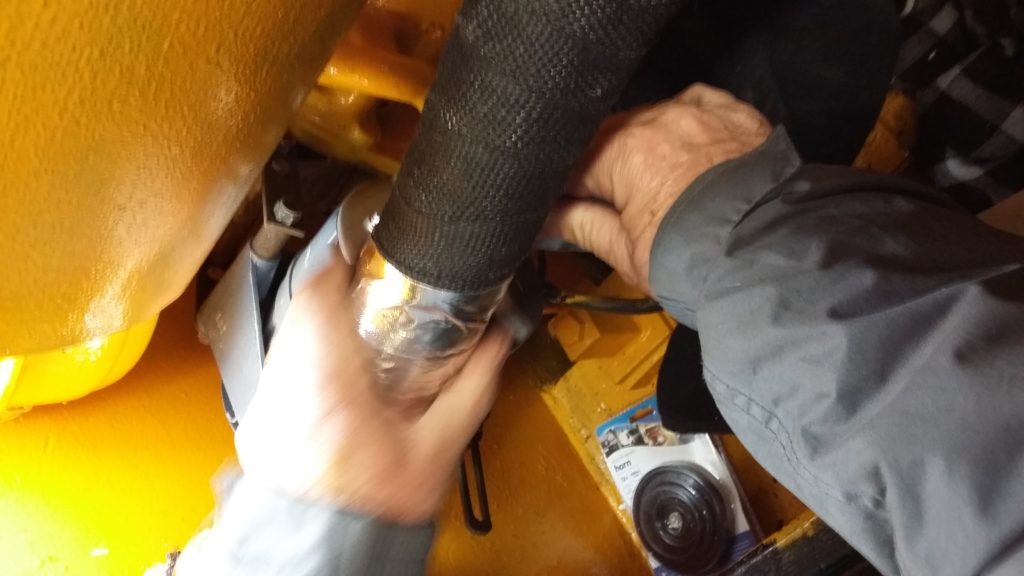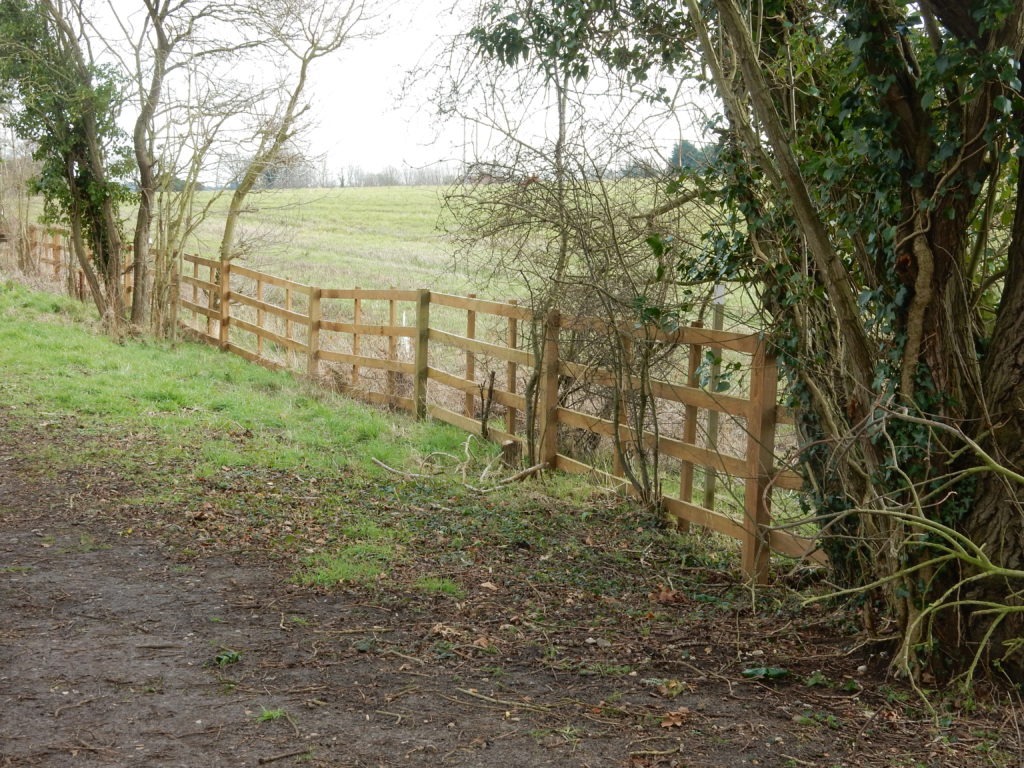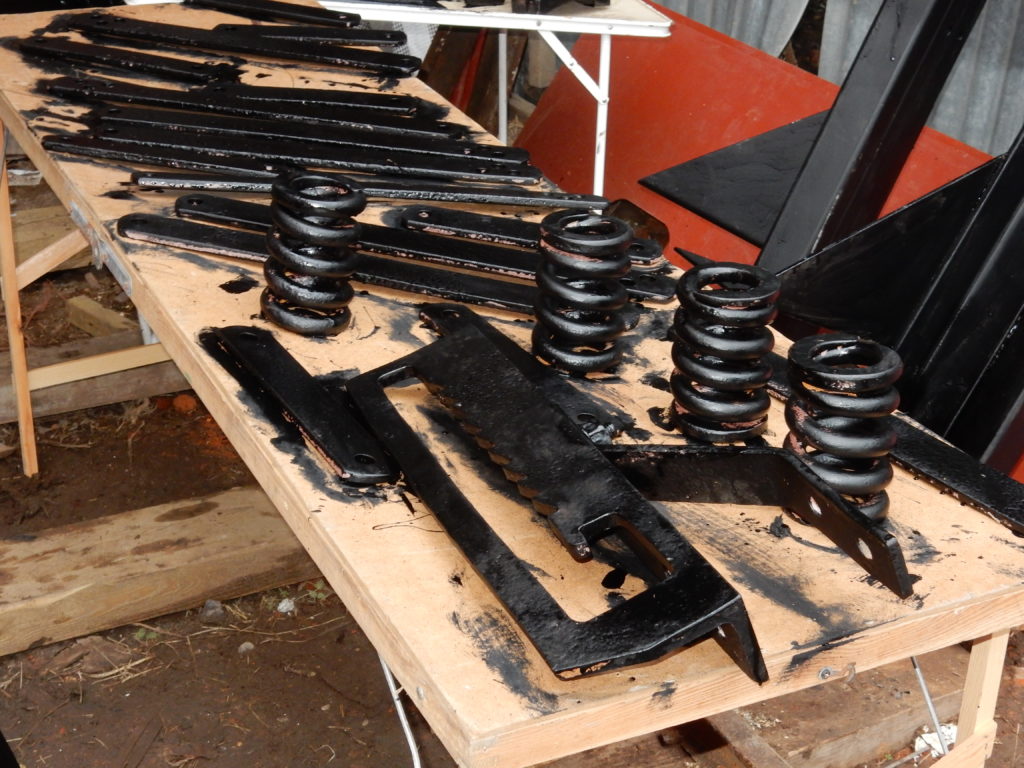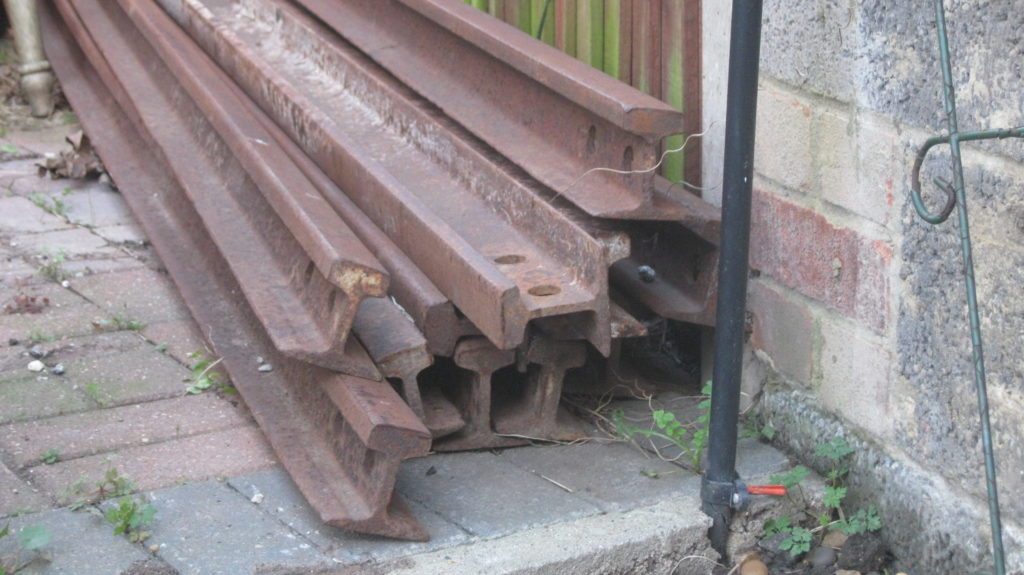
On Monday, our Chairman went on another odyssey in Barford’s Merc. Sprinter – this time to Swanscombe in Kent – to collect eleven 15-foot lengths of 35lb rail, and fittings. Getting the large vehicle into the drive, past cars parked everywhere (worse than Southwold in August – and that’s saying something), in competition with endless buses, on a morning so frosty that the empty pick-up slid a foot down for every two feet up, was a trial, but ultimately crowned with success. One advantage to something that size is that cars tend not to argue with it (tho’ buses do). The seller, Adam W, kindly added a large quantity of track screws, an assorted box of nuts, bolts, and dogspikes, and a nut-runner. Even more kindly, he helped to load the rails (each of which weighs 175lbs), after taking pity on James, who had struggled with the first three. This is the first instalment of the type of rail that we wish to use for our public railway – tougher than the original 30lb, but looking almost identical (the new SR will be built on 21-foot or 30-foot lengths of rail, but this is a good start). The Trust would like to thank Adam for contacting us – and would be interested to hear about any other 35lb rail that might be available at a price SRT can afford.*
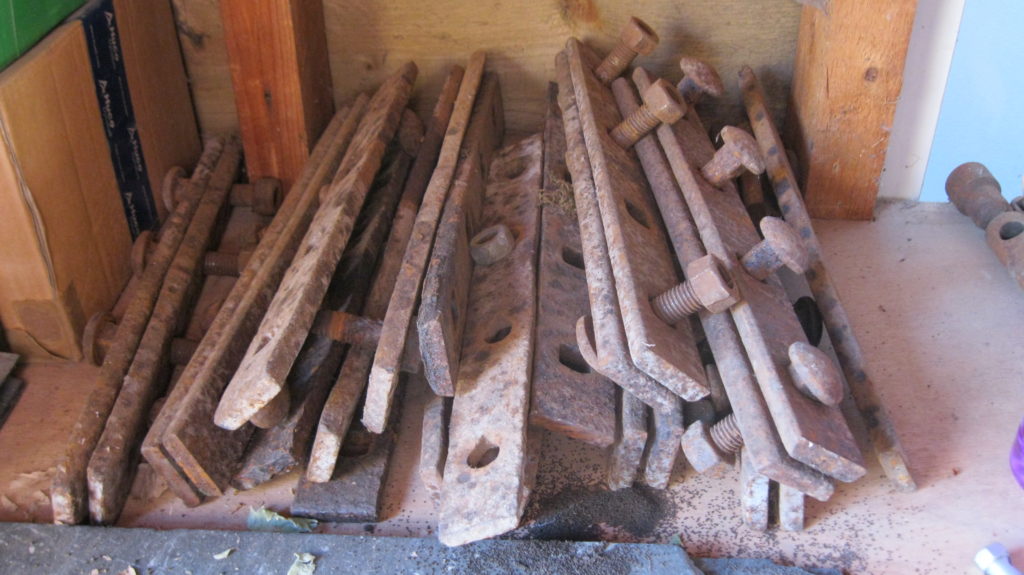
Unloading the rail into a neat stack, at the workshop (no Community Café visit on Wednesday, as it was closed for Blood Donating), we got stuck into re-wheeling the sub-under-frame of Wagon 41. Yes, I know that’s a clunky phrase – but it’s quite difficult to describe an underframe which has been divided into in two parts – upper and lower (because the SR’s coupling height is 6” or so higher than the RNAD original). Dave’s team used SR sleepers (no – not the two original ones!) to jockey the W-irons over the cast axle-boxes, once these had been packed with grease. It went surprisingly easily. Being on a roll, we then added the brake cross-shaft, after an interesting topological challenge. It was very gratifying to see that the new axles and brake shaft have been so accurately made by Peggs – re-gauging from 2’6” to 3’ is not as simple as it seems, the wheel back-to-backs being the most crucial – and the difference is not exactly 6”, though one might expect it to be so. Nice to see this part of the Heritage Train coming together.
We are not neglecting the Motor Rail loco – we finally filled the lower gearbox (which was completely dry) so it showed on the dipstick – and completed the wrap for the exhaust pipe. Much of the body, outside, is now sanded down (having suffered from several years of weather exposure) and rust-treated.
Hardwood for both wagon projects was planed to size and delivered by
Bradnams of Haverhill – nice straight grain, and to their usual high
standard.
The rest of the team went over to the trackbed, and John B collected and
dealt with branches that the latest storm has brought down, while Chris
measured some boundaries to check on our holding, and his team carried
timber along the trackbed to the worksite for the next fencing gang to
use. The drainage improvement at Blyford Lane by our neighbouring farmer
is almost complete – inevitably not a pretty sight, but already much
more efficiently draining the pastures, which will now be much more
productive.
On Thursday, the next lot of hardwood for Van 40 was delivered to SOLD
in Lowestoft – this is an extra piece for each end, forms the structure
of the doors, and includes the door stops and the triangular weather
strips along the base of the sides. At the same time, we collected the
1½” x 8” planks that SOLD had kindly sawn and planed down: this timber
was donated by Duncan’s, and will form the sides and ends of Wagon 41.
A consortium of members has bought a number of 7¼” gauge items – stock, rails, and storage shed – to form the basis of a facility for future use – either in Southwold, or elsewhere along the trackbed. Most small narrow-gauge heritage railways – and many standard gauge ones – have a miniature railway onsite as well, to cater for the younger children and make the whole experience more interesting: now SRT can do the same. We are a bit short of track, so if any reader knows of some (curved or straight, plus a point or two) at a good price, we may well be interested.
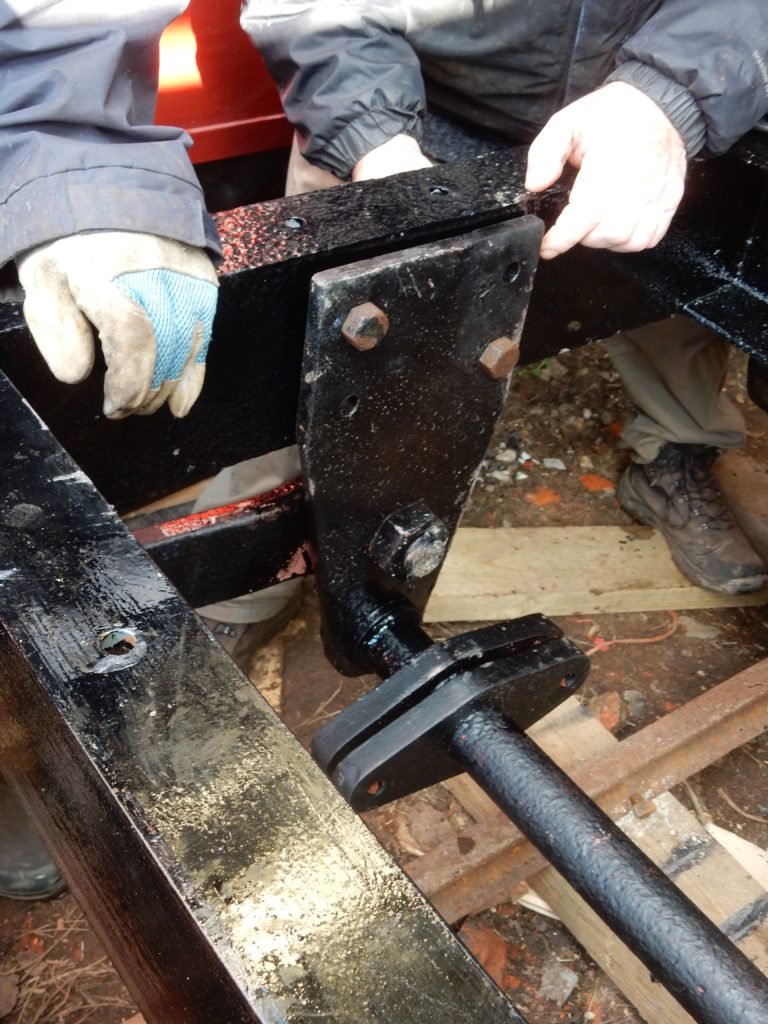
* Note that SRT does not do metric – except when it absolutely has to!

